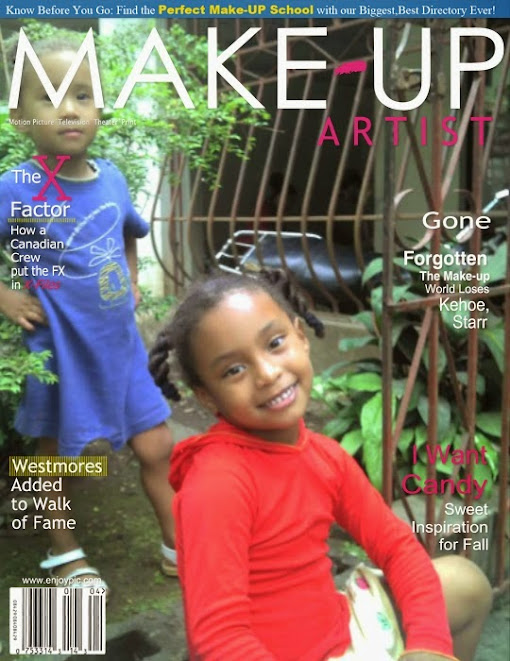
South Philadelphia Job Corp Life Science Institute Students
On Thursday, May 28, 2009. Some of the Philadelphia Job Corp
Life Science Institute students visited the Red Cross.
It was a radical experience to know and understand the life
and daily routine of the people that base their careers around
saving people’s lives. It was also interesting to know that by
donating 1 unit of blood you could save three people lives.


More South Philadelphia Job Corp Life Science Institute Students
On Thursday, May 28, 2009.

Tourist, Mrs. Lorraine, guided students through the building. Their first stop was the Blood Donor Center in which students spoke with Karen Hollins. Hollins has been there for 3 yrs. She informed the students that you would have to be 110 lbs to donate blood. And you must be 18 or 17 with parental consent. Upon walking into the building to donate you must sign in as a visitor. Then they bring you into the lab area where the first process is done. They put you at a computer to ask you everything from when was the last time you traveled outside the country to asking questions about your sex life. All of this needed information is broken down into a questionnaire of four pages divided into 49 self history questions. Hollins also informed the students that they also draw 1 pint and 5 tubes of blood for testing which is packed in a cooler and taken upstairs.

The next destination was manufacturing.
In the blood processing area donated blood
is broken down into its components of
red blood cells, platelets and plasma.
The process begins when blood bags are
spun in large centrifuges to separate
red blood cells from the platelets and plasma.
After manufacturing students visited The National Testing Lab. Here in the Lab sample management area four of the tubes of blood collected at the end of each donation are received. Every tube has a bar code, which allows the lab to track the blood to the donor through testing all the way to the hospital and patient. Once in the management area the test tubes are placed in the centrifuge and spun. Two tubes are spun to yield plasma, which is used to test for blood type syphilis, CMV and RNA testing. The other two tubes yield serum, which is used for infection testing.
Students visited another laboratory where the blood is tested for diseases that can kill a patient. They test 16 different people blood at one time to be sure not to waste time because the whole process of donations, testing, matching, testing again and delivering has to be done within five days. Once something is tested positive they go back into that group in which the computer automatically traces to the bar code and run test on the different blood sample out of the 16. After, they run the same 3 test on the infected blood and they take the best out of three and either discard if there were 2-3 negative results or deliver if there were 2-3 positive results.
The last stage was the HLA Lab. They are about to be accredited to work with the FBI. Here in this lab they can trace back where you are from and who your baby’s’ father might be. They read your DNA and your blood type to find matches to patients for bone marrow, blood and other types of transfusion.
And students also visited the freezer, which is very cold. They got to try on lab jackets and go into the room where platelets and blood is stored. Altogether it was a very educational trip and Philadelphia Job Corp Life Science Institute Students enjoy learning about a process that once seemed so vague to many students’ knowledge.









